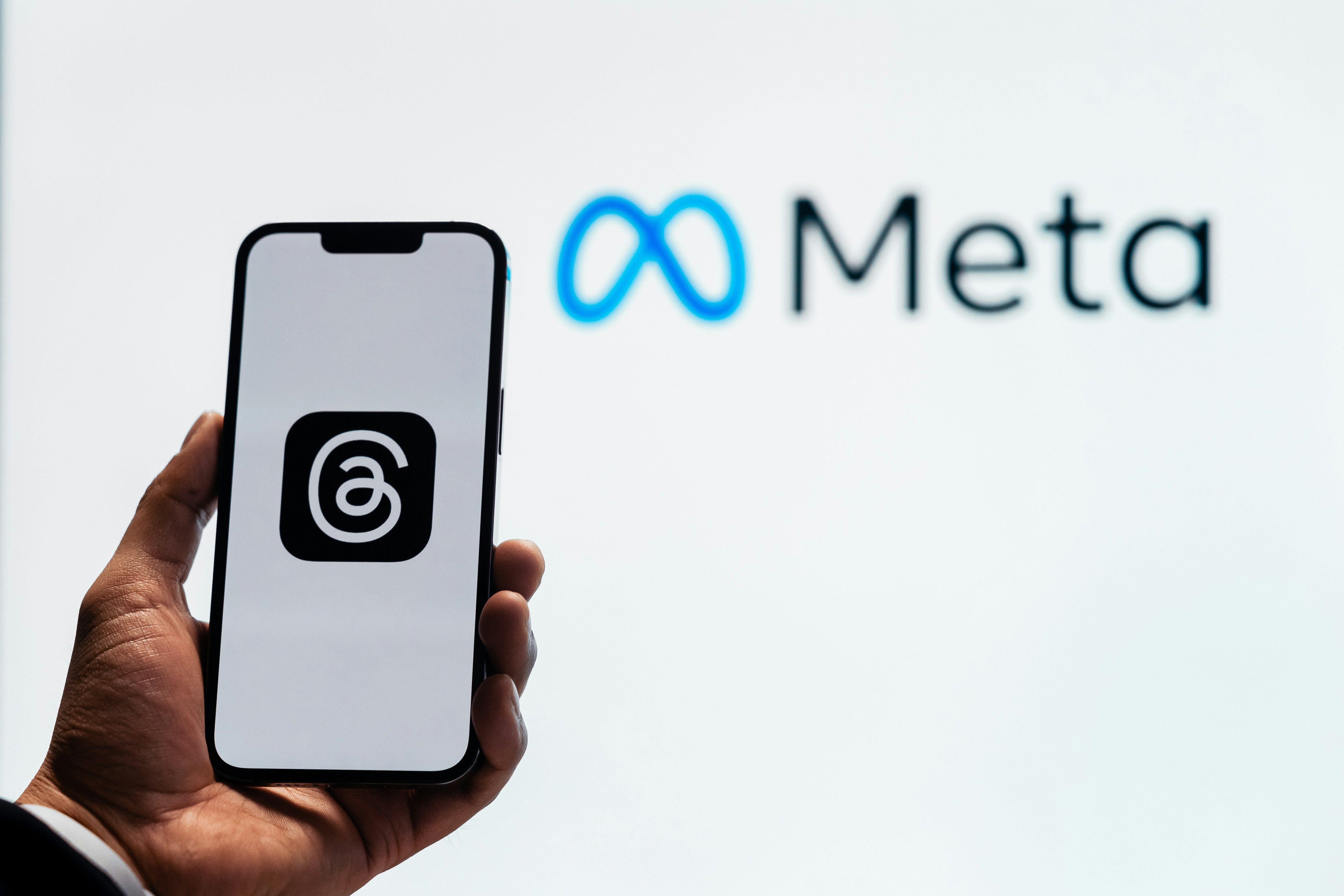Youtube Quietly Eases Content Moderation Rules
Discover how YouTube is quietly changing its content moderation policies.
Eddie
June 13, 2025

YouTube Eases Content Moderation Rules
YouTube, the popular video-sharing platform owned by Alphabet, has recently made changes to its content moderation policies. Despite happening quietly, these changes are significant and echo similar moves by other tech giants like Meta and X. The updated rules now allow videos that break YouTube’s code of conduct to remain on the site if they are deemed in the public interest. Previously, the rule permitted only a quarter of a video's content to violate guidelines; now, up to half of a video's content can do so without being removed.
YouTube's Content Policy Changes

As of late 2024, YouTube, a giant in the social media arena, began altering its approach to content moderation without much public announcement. Traditionally, the platform has maintained a robust set of guidelines aimed at creating a safe environment for its users. YouTube's content policy historically targeted several categories of offensive material, such as nudity, graphic violence, hate speech, and misinformation. Moderators were trained to remove any video that violated these ground rules to safeguard viewers and maintain a healthy digital landscape.
Details of the Policy Shift
In December 2024, YouTube updated its moderation policies, which have relaxed the rules on what constitutes inadmissible content. The New York Times highlighted that the site now permits videos with up to half of their content breaching its conduct rules if they are deemed to be in the public interest. Previously, only videos with 25% such content were allowed to stay up. These changes were quietly implemented without public disclosure, yet they have considerable implications for the platform's operations. YouTube classified topics like elections, ideologies, and social issues as part of the public interest, suggesting these areas could afford more leeway concerning moderation practices. This might suggest an effort to balance informative content against the risk of spreading potentially harmful material.
Public Interest Exceptions in Content Moderation
The revised guidelines suggest that YouTube is prioritizing content deemed to hold significant public interest. This includes allowing certain videos to remain accessible, even if parts of them contravene existing policies. The application of these exceptions intends to protect educational, scientific, and documentary content, reflecting YouTube's stance on free expression. The policy shift indicates that the platform aims to foster dialogue on important societal topics, even at the risk of permitting more contentious content to flourish.
Comparisons to Meta and X's Policy Adjustments
Similar content moderation policy adjustments have been seen across other major players within the tech industry, such as Meta and X (formerly Twitter). X took steps to eliminate fact-checking and opted for a crowdsourced approach with Community Notes. In a move reminiscent of YouTube, Meta discarded its fact-checking on social media. Each of these platforms has gradually aligned towards a facilitation of broader discourse, even if it involves more controversial content. The consistency across these companies suggests a trend towards reducing content moderation rather than strengthening restrictive measures.
Motivations Behind the Policy Change

Political Influences on Content Moderation
YouTube's easing of content moderation can be partially attributed to the political landscape, particularly under the Trump Administration's inclination towards less moderation. This change coincides with the administration's broader advocacy for freedom of expression, pushing against what it perceives as censorship. The modifications, in this light, might also be a strategic move by YouTube to avoid potential clashes with government stances and to ensure that the platform aligns with current political sentiments.
Financial and Commercial Considerations
From a commercial perspective, maintaining rigorous content moderation is resource-intensive. It involves significant expenditures on hiring and training personnel, as well as developing and deploying sophisticated algorithms. By relaxing these rules, YouTube can reduce operational costs. It's important to note that YouTube, like any commercial entity, has a core objective of maximizing profit. Reducing moderation efforts could suffice as a method to bolster its bottom line, alongside minimizing potential conflicts with political entities that could affect regulations on the platform.
Impact of Public Opinion and Elections on Decisions
Public opinion, especially in light of elections, has significantly influenced YouTube's decision to ease content moderation. The broader acceptance of controversial discussions around elections and public debate topics indicates a shift in societal expectations on freedom of expression. This has likely pressed YouTube to adapt its guidelines to keep pace with public sentiment, particularly after seeing significant electoral outcomes where citizens demonstrated openness towards complex dialogues across various political and social spectrum. As a result, YouTube's policy changes might reflect an understanding that less regulation may be necessary to align with user expectations and engagement trends.
Consequences of Relaxed Content Moderation

Potential Spread of Misinformation
YouTube's decision to loosen its content moderation policies may inadvertently contribute to the spread of misinformation. By increasing the permissible amount of offending content within videos from one-quarter to one-half, there is a higher risk of misinformation reaching wider audiences. As highlighted by researchers and reported in various articles, reducing content moderation can lead to the proliferation of false or misleading information, particularly in videos classified as being in the "public interest." These include political discussions and culturally relevant content that often serve as a fertile ground for misinformation.
Platforms like YouTube are aware of the impact of misinformation, yet their decision to ease restrictions aligns with a broader trend seen among social media giants, shifting towards a less regulated approach. This change has the potential to amplify voices that promote counter-factual or scientifically unsupported perspectives. It poses a challenge as social media algorithms can mistakenly boost such content, presenting false narratives to millions without sufficient context or rebuttal from verified sources.
Impact on Free Expression and Public Dialogue
On the positive side, the change in YouTube's moderation policy could encourage a more open environment for free expression and public dialogue. By allowing videos with content that previously might have been taken down, the platform creates a space where discussions on various social issues can continue more freely. Topics like elections, censorship, and ideologies are often complex and nuanced, and relaxing the constraints on these discussions may lead to a richer exchange of ideas that reflects the diverse opinions found in society.
However, it's important to balance free expression with the need to ensure accurate and reliable information is shared. While loosening content moderation aligns with upholding freedom of speech, it also requires additional efforts from the platform to provide users with the tools to discern credible information. Clear labeling and disclaimers are part of potential strategies to mitigate any adverse effects of loosening these moderation standards, thereby maintaining an informed public discourse.
Public Perception and Trust in Media Platforms
The shift in content moderation policies might also have a significant impact on public perception and trust in YouTube and similar media platforms. With the decline in strict moderation, users are becoming increasingly concerned about the credibility of the information they encounter online. This distrust is fueled further by the belief that such policy changes reflect platform alignment with political agendas, as seen during recent political administrations.
The easing of content restrictions can lead users to question whether these platforms prioritize financial gains and user engagement over the integrity of the information. As trust in traditional media outlets declines, there is a growing expectation for social platforms to uphold certain standards of truthfulness and accuracy. If they fail to do this, users may turn to alternative sources with more reliable oversight mechanisms, or even call for increased government regulation to hold platforms accountable for harmful content. This dynamic underscores the intricate balance YouTube must navigate between fostering open dialogue and curbing misinformation.
Impact and Future Implications

The recent changes in YouTube's content moderation policies reflect a broader trend observed across major social media platforms. By easing restrictions, YouTube aligns itself with a more lenient approach to content considered in the public interest, even if it contains misinformation or controversial opinions. This shift is seen as a response to political pressures and the growing demand for freedom of expression. However, it also raises concerns about the potential proliferation of misinformation and harmful content.
The implications of this policy change are significant. There is a risk that the reduction in moderation could lead to an increase in the spread of misinformation, especially during politically charged times. Social media algorithms may amplify such content, further complicating the landscape of online information. The policy also places YouTube in a challenging position where it must balance the protection of free speech with the responsibility to prevent the circulation of misleading information.


